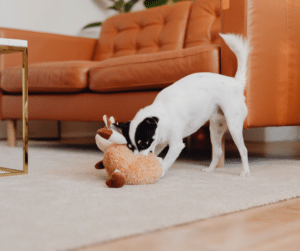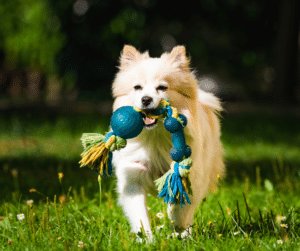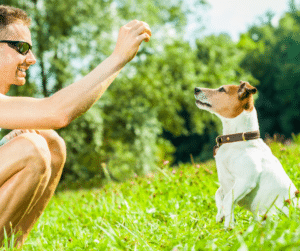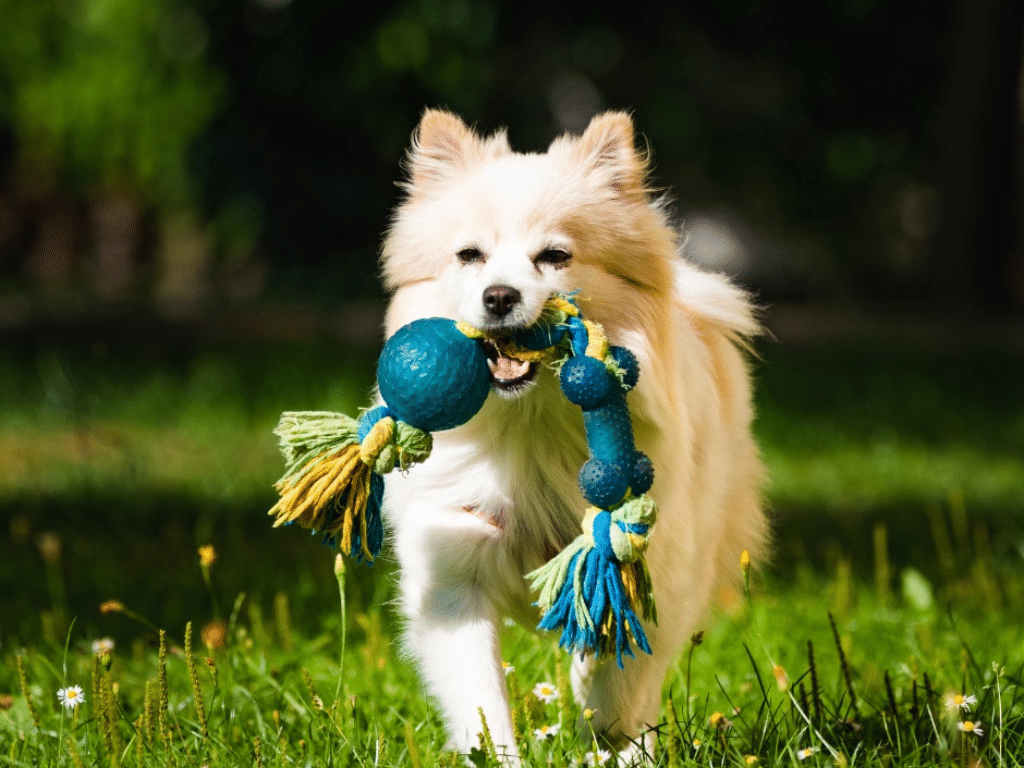
Dog training often involves addressing various forms of canine communication, and one of the most misunderstood behaviours is growling. This principle of Do Not Punish the Growl emphasizes the importance of understanding and respecting a dog’s natural behaviours rather than suppressing them through punitive measures.
Why Dogs Growl: Common Reasons
Dogs growl for several reasons, and understanding these reasons is essential for addressing the behaviour appropriately. Growling can be a warning signal indicating discomfort or fear. When a dog feels threatened or uneasy, it might growl to signal its need for space or to alert you to its discomfort. For instance, a dog might growl when a stranger approaches too quickly, when it is cornered, or when it is startled. This type of growl is an expression of the dog’s need for distance and should be respected as such.
Growling is also a form of communication. Dogs use it to express their emotions or needs, much like humans use words. For example, a dog might growl when it wants to be left alone or when it needs something, such as food or a bathroom break. In such cases, the growl serves as a request or a plea for attention to its needs. 
Additionally, growling can be a protective response when a dog is defending its territory, possessions, or itself. This type of growl is often accompanied by other defensive behaviours such as barking or snapping. Dogs are territorial animals, and growling can be their way of warning others to stay away from their space or possessions.
Another significant reason for growling is pain or illness. If a dog is in physical discomfort, it may growl when touched or approached in a way that aggravates the pain. This type of growling is a clear signal that the dog needs medical attention. It is crucial for dog owners to recognize when their pet’s growling is due to pain and to seek veterinary care promptly.
Finally, some dogs growl during play as a sign of excitement. This playful growling is typically accompanied by relaxed body language and should not be mistaken for aggression. Dogs might growl while playing tug-of-war or chasing a ball, indicating they are having fun. However, it is essential to monitor such growling to ensure it remains playful and does not escalate into aggression.
The Consequences of Punishing a Growl
Punishing a dog for growling can have several negative consequences. When a dog learns that expressing discomfort through growling results in punishment, it can increase their fear and anxiety. This suppression of natural communication can lead to more severe issues, as the dog may escalate to biting without warning. Furthermore, punishment can damage the trust between the dog and the owner, making the dog more fearful and less likely to communicate effectively. Find out how our training services can build trust and understanding.
Punishing a dog for growling teaches the dog that its warning signals are unacceptable, which can result in the dog feeling the need to escalate its behaviour to get its message across. For example, if a dog is punished for growling when it is uncomfortable, it might skip the growl next time and go straight to a bite. This makes the dog more dangerous and unpredictable, as it feels it has no safe way to communicate its discomfort.
 Punishment can also create a negative association with the situation that caused the growl, exacerbating the problem. If a dog growls because it is uncomfortable being handled and is punished for it, it might develop a stronger aversion to being touched. This can lead to increased fear and aggression in similar situations in the future.
Punishment can also create a negative association with the situation that caused the growl, exacerbating the problem. If a dog growls because it is uncomfortable being handled and is punished for it, it might develop a stronger aversion to being touched. This can lead to increased fear and aggression in similar situations in the future.
Moreover, punishment can harm the relationship between the dog and the owner. Dogs thrive on trust and consistency, and punishment can undermine this trust. A dog that is punished for growling might start to view its owner as a source of fear rather than security, which can lead to further behavioural problems and a strained relationship.
Understanding Growling as Communication
Growling is a natural and necessary form of communication for dogs. It serves as a warning to others to back off, indicating that the dog is uncomfortable or needs space. This vocalization allows the dog to express its feelings without resorting to more aggressive actions.
Recognizing and respecting a dog’s growl as a form of communication is crucial for maintaining a healthy and safe relationship. When a dog growls, it is providing valuable information about its emotional state. Ignoring or punishing this signal can lead to misunderstandings and increase the risk of aggressive incidents.
Recognizing the Signals
Understanding and interpreting a dog’s body language and vocalizations are crucial for effective communication. Key signs include a stiff body, bared teeth, and a fixed stare. These signs often accompany growling and indicate that the dog is feeling threatened or uncomfortable. Recognizing these early signs can prevent situations from escalating to more severe behaviours like biting.
Early warning signs of discomfort, such as tense posture, lip licking, and avoidance, are also essential to recognize. For instance, a dog that is growling while its body is stiff and its ears are pinned back is likely feeling threatened and may be on the verge of escalating to more aggressive behaviour if the warning is ignored.
Understanding these signals allows dog owners to intervene appropriately and prevent escalation. For example, if a dog is growling because it feels cornered, giving it space to retreat can help diffuse the situation. Similarly, if a dog is growling because it is in pain, addressing the source of pain can prevent further discomfort and aggression.
How to Respond to Growling
When a dog growls, it is vital to remain calm and composed. Reacting with anger or fear can exacerbate the situation. The first step is to assess the situation and determine the cause of the growl. Is the dog in pain, fearful, or protecting something valuable? Identifying the trigger is essential for addressing the behaviour appropriately. 
If possible, remove or alleviate the source of the dog’s discomfort. For instance, if a dog is growling because it is being approached too quickly, ask the person to back off and give the dog space. If the dog is growling because it is in pain, seek veterinary attention to address the underlying issue.
Give the dog space to feel safe and secure, and avoid forcing interaction. Forcing a dog to stay in a situation that makes it uncomfortable can increase its stress and lead to more severe aggression. Instead, allow the dog to retreat to a safe space where it can relax and feel secure.
Gently redirect the dog’s attention to a more appropriate activity, like playing with a toy or performing a known command. This can help distract the dog from the source of its discomfort and provide a positive outlet for its energy. For example, if a dog is growling because it feels threatened, engaging it in a game of fetch can help shift its focus and reduce its stress.
Training Techniques for Reducing Growling
Addressing the root cause of growling involves consistent and humane training techniques. Desensitization involves gradually exposing the dog to the trigger in a controlled manner to reduce sensitivity. For example, if a dog growls when approached while eating, desensitization would involve gradually getting the dog used to people being nearby while eating, starting from a distance, and slowly moving closer over time, paired with positive reinforcement.
Counter-conditioning pairs the trigger with positive experiences to change the dog’s emotional response. If a dog growls at strangers, counter-conditioning might involve pairing the presence of strangers with treats, so the dog begins to associate strangers with positive experiences. Over time, this can help reduce the dog’s fear and growling in response to strangers.
Both desensitization and counter-conditioning require patience and consistency. These techniques should be carried out gradually and at the dog’s pace to ensure that the dog remains comfortable and relaxed. It is also essential to use positive reinforcement throughout the process to encourage desirable behaviours and build the dog’s confidence. Our Hamilton dog training services can help implement these methods effectively.
Building a Trusting Relationship
Building trust with your dog is the foundation of effective training. Regular, positive interactions help build a strong bond. This includes spending quality time with your dog, engaging in activities they enjoy, and ensuring their needs are met.
Patience and understanding are crucial, as training takes time, and progress should be made at the dog’s pace. Consistency in your responses and maintaining a calm demeanour can help your dog feel secure and understood. When your dog knows what to expect from you and feels safe, it is more likely to communicate openly and trust you. Learn how our training services can build trust and confidence in your dog.
Positive reinforcement is a powerful tool for building trust. Rewarding your dog for desirable behaviors, such as sitting calmly or responding to commands, reinforces the idea that good things happen when it behaves appropriately. This can help create a positive association with training and reduce stress and anxiety.
Common Mistakes to Avoid
Avoiding common mistakes can help manage growling more effectively. Misinterpreting a growl can lead to inappropriate responses. It is essential to understand the context and cause of the growl to address it effectively. For instance, a growl during play is different from a growl indicating fear or pain. Recognizing these differences can help you respond appropriately.
Overreacting to a growl can escalate the situation and increase the dog’s anxiety. Instead of reacting negatively, take a moment to evaluate the situation calmly. Avoid yelling or physically punishing the dog, as this can increase its fear and aggression. Instead, focus on identifying the trigger and addressing it appropriately.
Ignoring the underlying cause of the growl is another common mistake. Ignoring this signal can lead to more severe issues if a dog is growling due to pain or discomfort. It is essential to address the root cause of the growl, whether it is a medical issue, fear, or territorial behaviour, to prevent further problems.
Conclusion
Understanding and respecting a dog’s natural behaviours, combined with humane and consistent training techniques, leads to a trusting and harmonious relationship. Dog owners can effectively manage and reduce such behaviours by addressing the root causes of growling and fostering a positive environment.
- Name: K9 Principles
- Address: Haldimand County, Greater Hamilton Area, Burlington and Most of Norfolk County
- Phone: 289 880-3382
- Email: k9principlesinc@gmail.com
- Website: www.k9principles.ca
FAQs
-
Dogs growl to communicate discomfort, fear, or frustration. It is a natural behaviour that serves as a warning signal.




